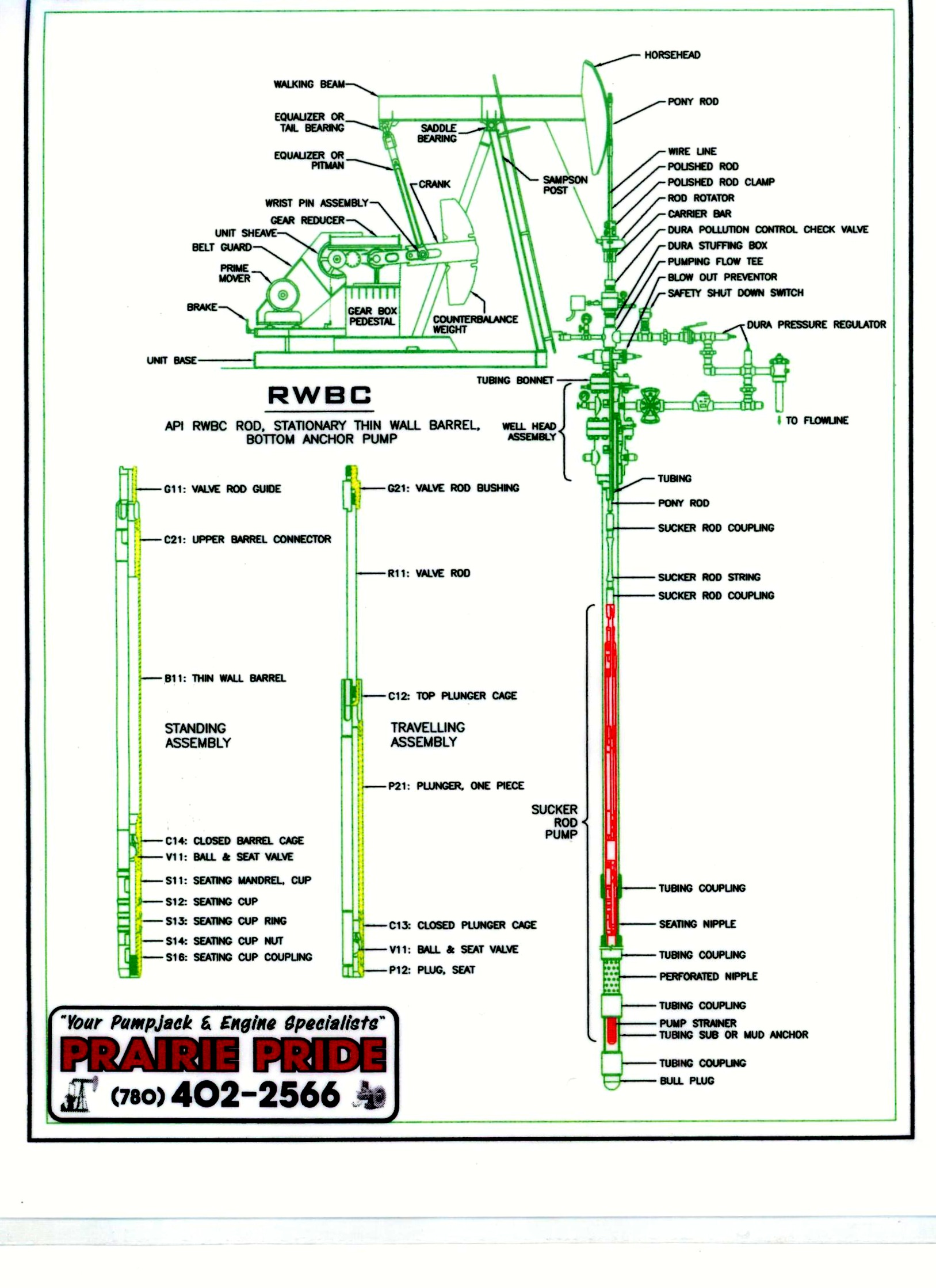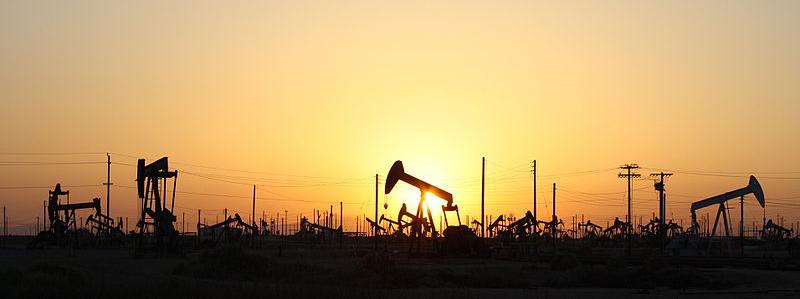Basics
Oil down in the earth is typically combined with dirt, rocks and other minerals. For this reason it doesn't normally rise to the surface once a drill has discovered it and opened a hole. To get it out, the drilling company will need to set an oil pump jack in place to remove it. Before doing this the hole will have to be secured with concrete to keep it from falling in on itself during the pumping process. Once secure, a pump jack is placed above the drill site and set up. In some cases, if the oil is heavy a second hole will also be dug close to the first. The second hole will have steam forced into it to create a pressure that will help force the oil up through the drill hole.
The Lever
The pump jack has many components. The jack is a lever that moves up and down. It is moved by an engine. Connected to the engine by a bar is a weight system that is also attached to the jack. As the weight is moved the lever is moved. The weight also helps to keep the jack in motion once it is started, due to the downward fall it has once it gets to the top. The fall of the weight created a quick pull up by the jack that helps in the removal of the oil.
In the Hole
A short bar is connected to the jack that pushes down into the hole. Connected to the bar is another bar called a sucker. This is the part that reaches all the way down to where the oil is located. At the end of the sucker are two valves. These two valves are called a standing valve and a traveling valve. As the lever goes up in a quick motion due to the weight dropping the traveling valve is closed. The standing valve that is located at the end of the sucker is open, allowing oil to suck up the piping because of the pull. The opposite happens when the lever goes down. The standing valve closes to prevent the oil from leaving the pipe, and the traveling valve opens so that the oil in the pipe can be sucked further up.
Call Prairie Pride: 780-402-2566
PRAIRIE PRIDE PUMPJACKS

